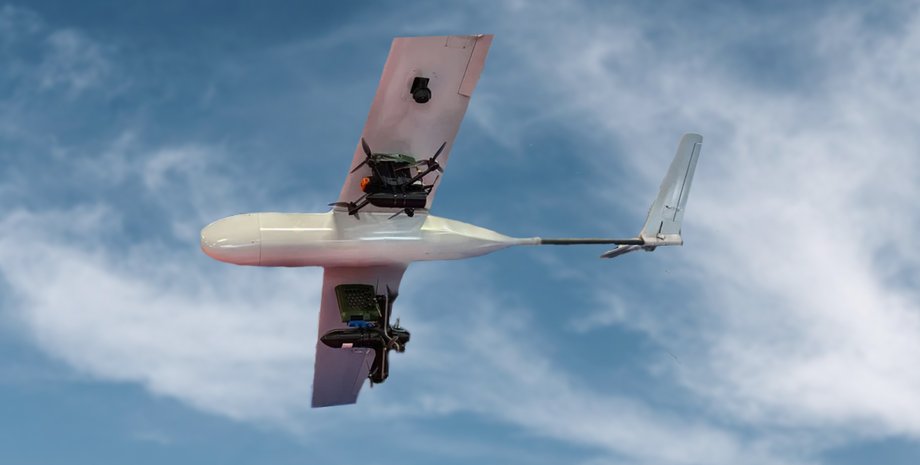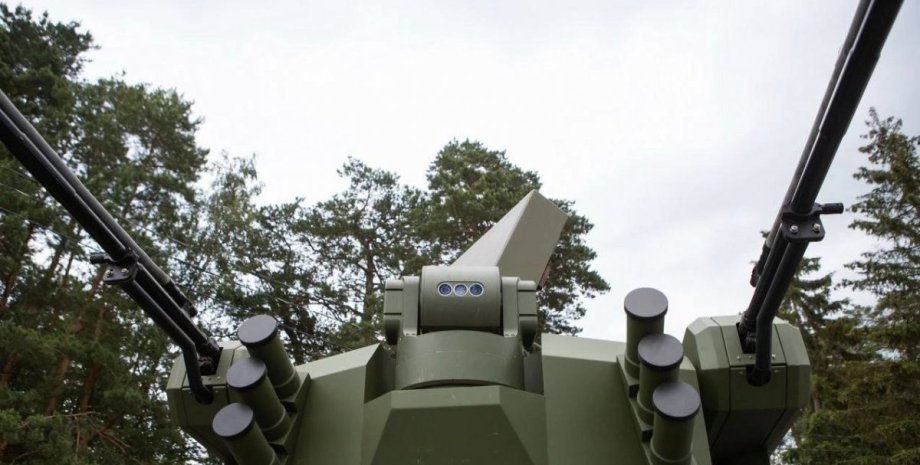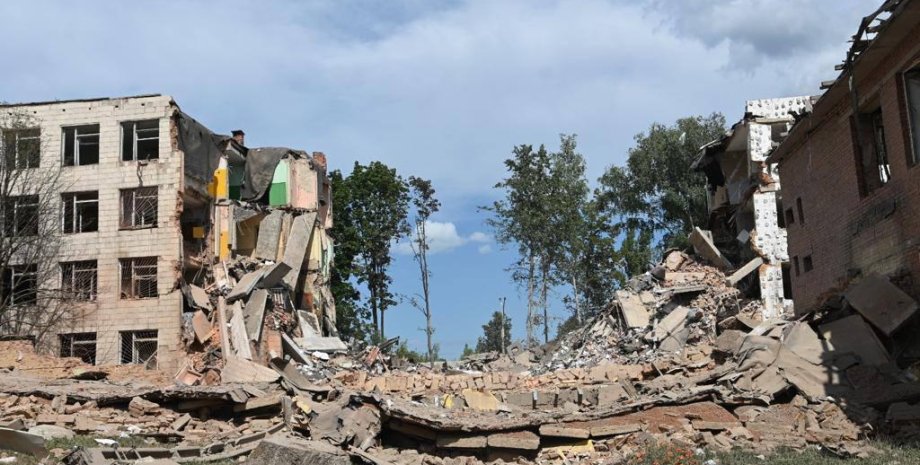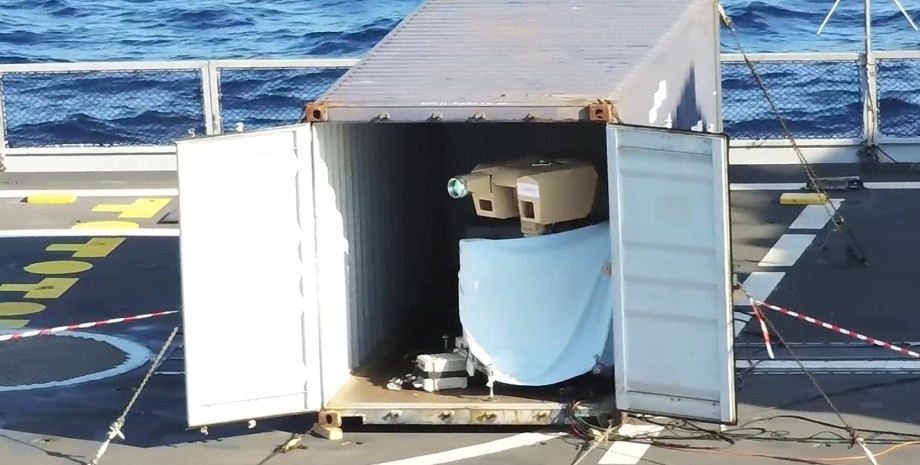
At the international defense exhibition MSPO 2025 in Kielce, Poland, the Ukrainian company Altair Technologies presented the multi-purpose unmanned aerial vehicle "TOR" for the first time. This development is positioned as a universal platform for reconnaissance, signal relay and delivery of FPV drones, including anti-aircraft interceptors.
The special attention of Defense Express experts was attracted by the concept of a "mother drone" capable of launching anti-aircraft FPV at a height of up to 2000 m, accelerating up to 150 km/h and dropping near the target. This approach significantly saves the battery of the interceptor, allowing either to increase the flight time or to reduce the battery capacity in favor of a more powerful combat unit.
For anti-aircraft UAVs, where low weight and high speed are critical, this scheme opens up new tactical possibilities. "TOR OPERATOR" is offered in two versions. The electric version has a range of up to 150 km, a cruising speed of 72 km/h, a maximum take-off weight of 26 kg and a ceiling of 2,000 m. Its advantages are a low acoustic signature and reduced visibility for enemy EW, which makes it optimal for operations behind enemy lines.
Modification with an internal combustion engine provides a range of up to 400 km at a speed of 150 km/h and a take-off weight of 28 kg. It is aimed at longer flights with heavier loads, including the delivery of multiple FPVs or relaying over significant distances. The device is equipped with modular optics: a day camera or a thermal imager placed on the left wing for improved visibility. Launching is carried out from a collapsible catapult, which facilitates deployment in the field.
Management — through a protected laptop. In repeater mode, "TOR" provides stable communication for groups of FPV drones, compensating for interference from EW. The presentation of "TOR" at MSPO-2025 emphasizes the evolution of Ukrainian unmanned systems from tactical strike platforms to complex solutions capable of changing the balance in anti-aircraft warfare.
Aviation expert Anatoliy Khrapchynskyi, deputy general director of the company that manufactures EW equipment, explains the concept of the drone-mother as a large unmanned vehicle with an autonomous autopilot. The system combines inertial navigation, visual positioning and a map route, which allows you to cover hundreds of kilometers even in areas with completely blocked GNSS.
The platform functions as a hybrid: by default, it performs the mission autonomously, but if there is a communication channel, the operator can remotely adjust the reset or confirm the target. The effectiveness of the drone-mother lies in the delivery of FPV-kamikaze deep into the rear of the enemy. "Such drones make it possible to deliver warheads deep into the rear and are effective against vulnerable or static targets — parked equipment and narrow infrastructure nodes.
However, the warhead salvo of such devices is small (from hundreds of grams to 1–3 kg), so the destruction is usually local. Missions are relatively inexpensive, but their success depends heavily on tactics, intelligence and the presence of the enemy's electronic warfare equipment. These drones alone give a limited effect, in mass application and with proper planning, they can create a noticeable tactical impact," the expert tells Focus.
According to Khrapchinskyi, similar platforms are already in operation in Russia. In particular, the "Molniya" UAV is fixed in the role of a mother drone: it is converted to transport and drop small FPV kamikazes. Thus, in June 2025, Sergey "Flash" Beskrestnov, a communications systems specialist of the Defense Forces, released footage from a Ukrainian UAV camera that captured the Russian "Molniya-2" drone as a carrier for FPV-kamikaze.
To install a smaller drone, the occupiers dismantled the upper part of the fuselage of "Molniya-2". The use of a disposable kamikaze as a platform for another shock device may seem paradoxical, but it has a practical rationale. Usually, carriers are more expensive reusable UAVs with repeaters, but in this case, the cheap "Molniya-2" was adapted, which retains the possibility of repeated use. The delivered FPV can act as a repeater.
On "Molniya-2" FPV of the "Skvorets" family, which is actively used by the Russian Armed Forces, including strikes in the Ukrainian rear, was spotted. It is likely that the modernized "Skvorets-VMF" will be integrated into naval UAVs. We will remind that more than 3. 3 million Chinese engines imported into the Russian Federation are powered by Russian drones that terrorize Ukrainian cities. The Wall Street Journal confirms: Beijing systematically supplies Moscow with critical UAV components.










All rights reserved IN-Ukraine.info - 2022